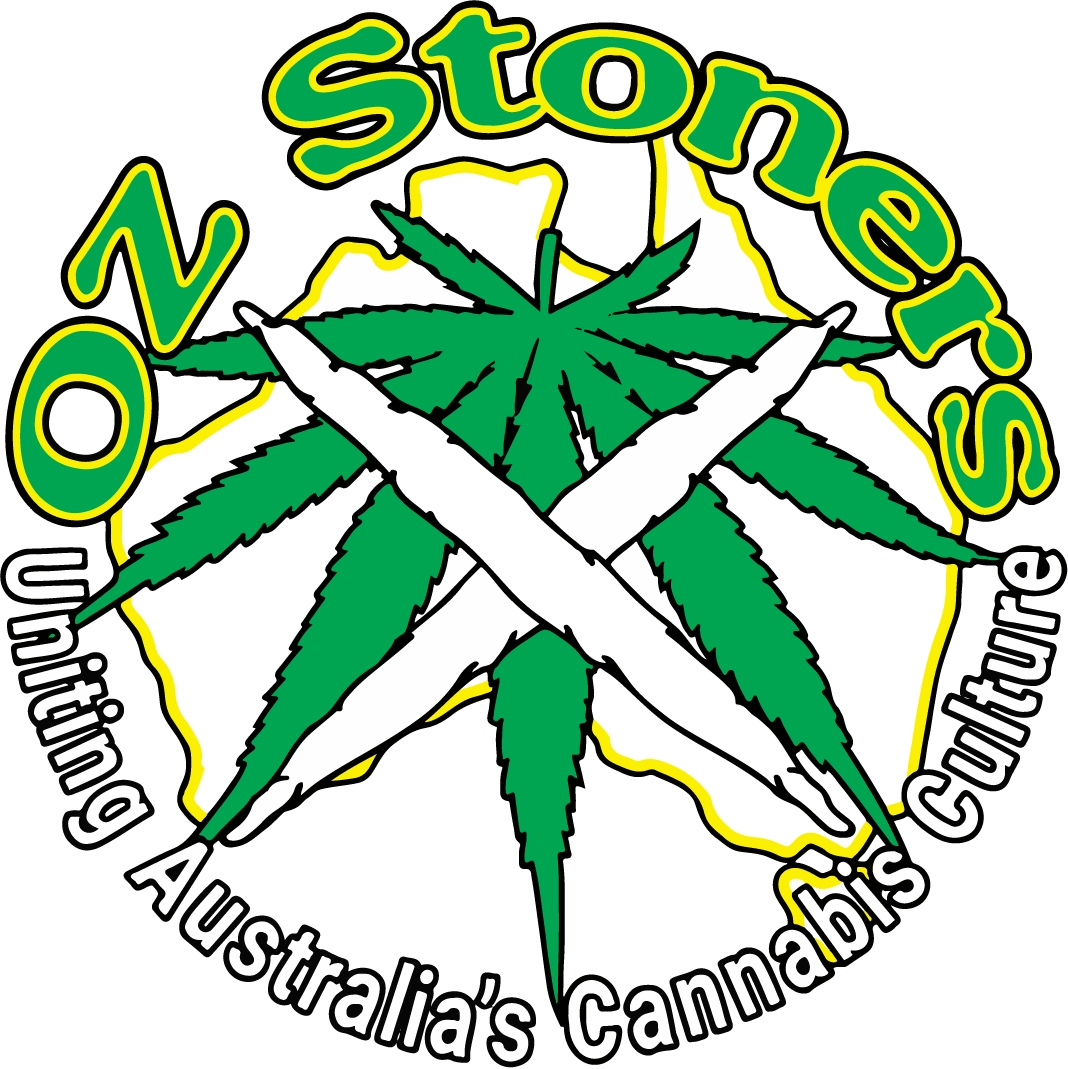A Chronology of Cannabis
-
Similar Topics
-
- 0 answers
- 8 views
-
TELEGRAM@BELMULT (my only account) Cocaine, dexies plug in CAIRNS weed bud 420 Charlie shards cold
By Snate,
- 0 answers
- 8 views
-
- 0 replies
- 15 views
-
- 0 replies
- 14 views
-
- 0 replies
- 14 views
-




Recommended Posts
Join the conversation
You can post now and register later. If you have an account, sign in now to post with your account.
Note: Your post will require moderator approval before it will be visible.